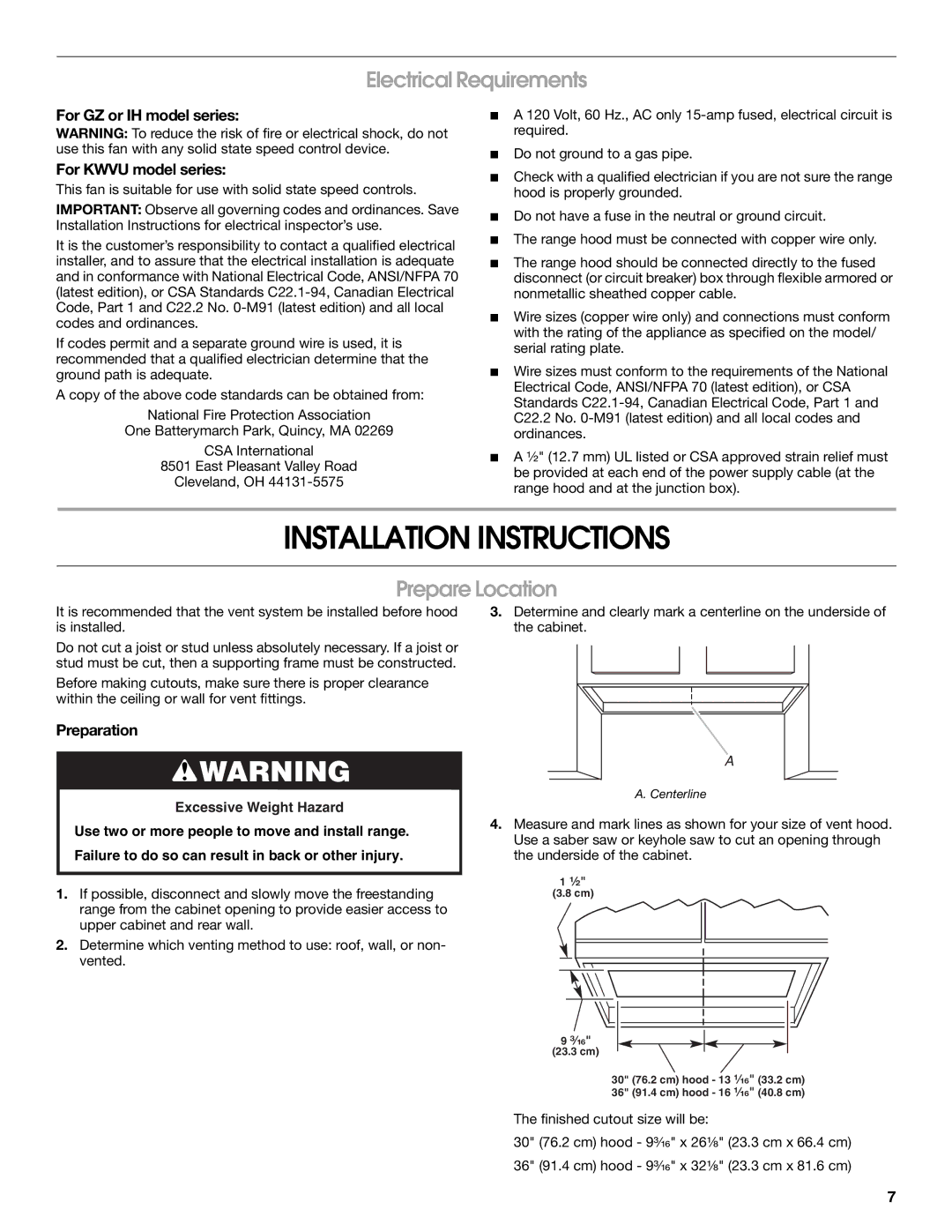9763393A specifications
The KitchenAid 9763393A is a standout accessory designed to enhance the culinary experience for avid cooks. Built with precision and functionality, this powerful tool combines innovative technology with user-friendly features to elevate meal preparation.One of the most prominent characteristics of the KitchenAid 9763393A is its robust construction. Made with high-quality materials, it is designed to withstand daily usage while maintaining peak performance. This durability ensures that it can handle various cooking tasks, from mixing and kneading to whipping and blending.
A key feature of the KitchenAid 9763393A is its compatibility with the KitchenAid stand mixer. This allows for seamless integration with various attachments, making it possible to mix, knead, and prepare a wide range of recipes. Whether it's dough for bread, batter for cakes, or even pureeing vegetables, this accessory can easily adapt to the task at hand.
In terms of technology, the KitchenAid 9763393A boasts a unique design that promotes efficient mixing and blending. Its specialized shape is engineered to optimize the mixing action, ensuring that ingredients are thoroughly combined without the need for excessive manual intervention. This not only saves time but also enhances the consistency of the mixtures, resulting in better end products.
Another notable characteristic is the ease of cleaning that the KitchenAid 9763393A offers. The materials used in its design are not only durable but also resistant to staining and odors. This means that after a busy day in the kitchen, cleanup becomes a breeze, allowing users to spend more time enjoying their culinary creations rather than scrubbing and washing.
The dimensions of the KitchenAid 9763393A make it ideal for any kitchen, fitting comfortably in various spaces without taking up too much room. Its lightweight design aids in portability, enabling home cooks to move it around easily as needed.
Overall, the KitchenAid 9763393A stands out for its combination of durability, efficiency, and compatibility. Its user-friendly design and advanced technology make it an essential accessory for anyone looking to enhance their cooking experience and create delicious meals with confidence.

